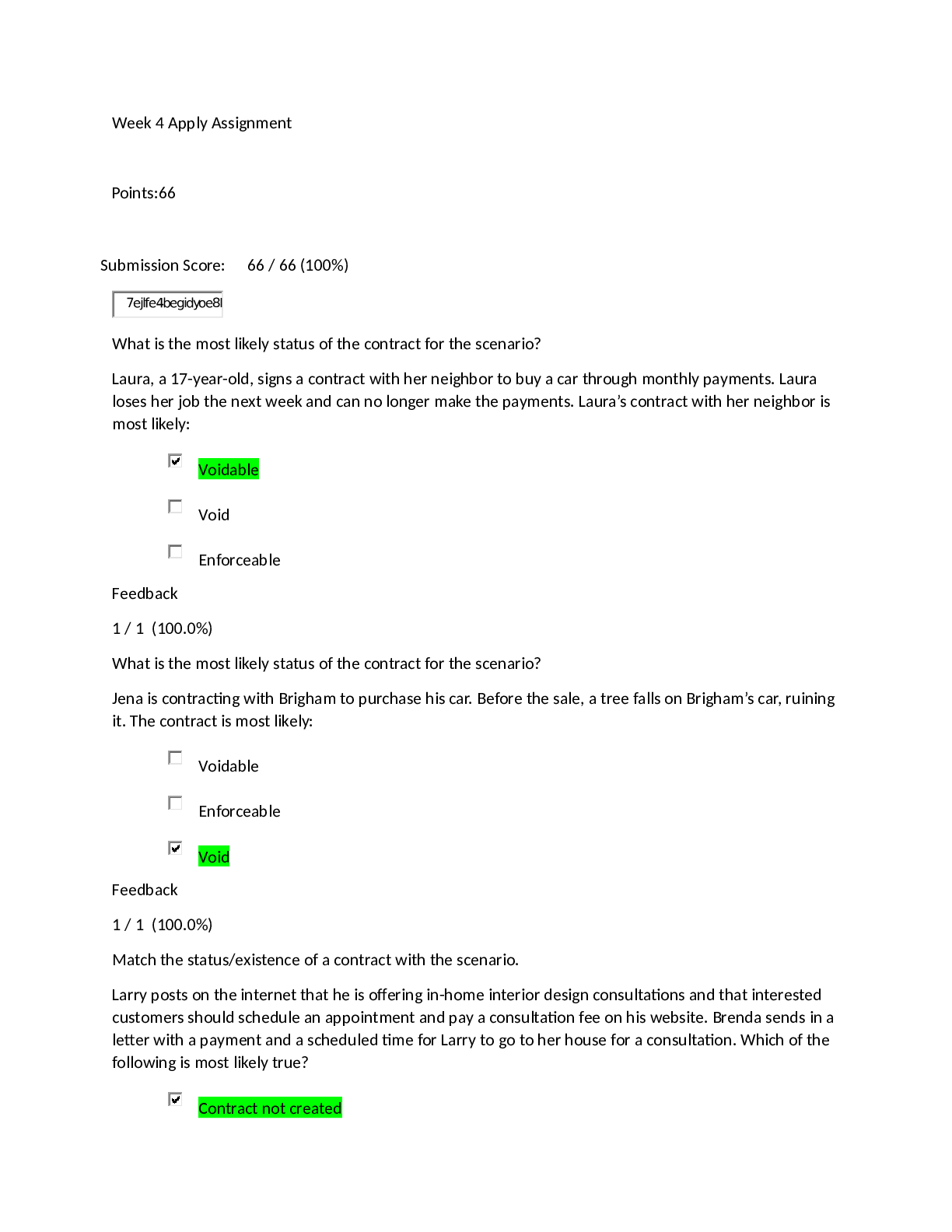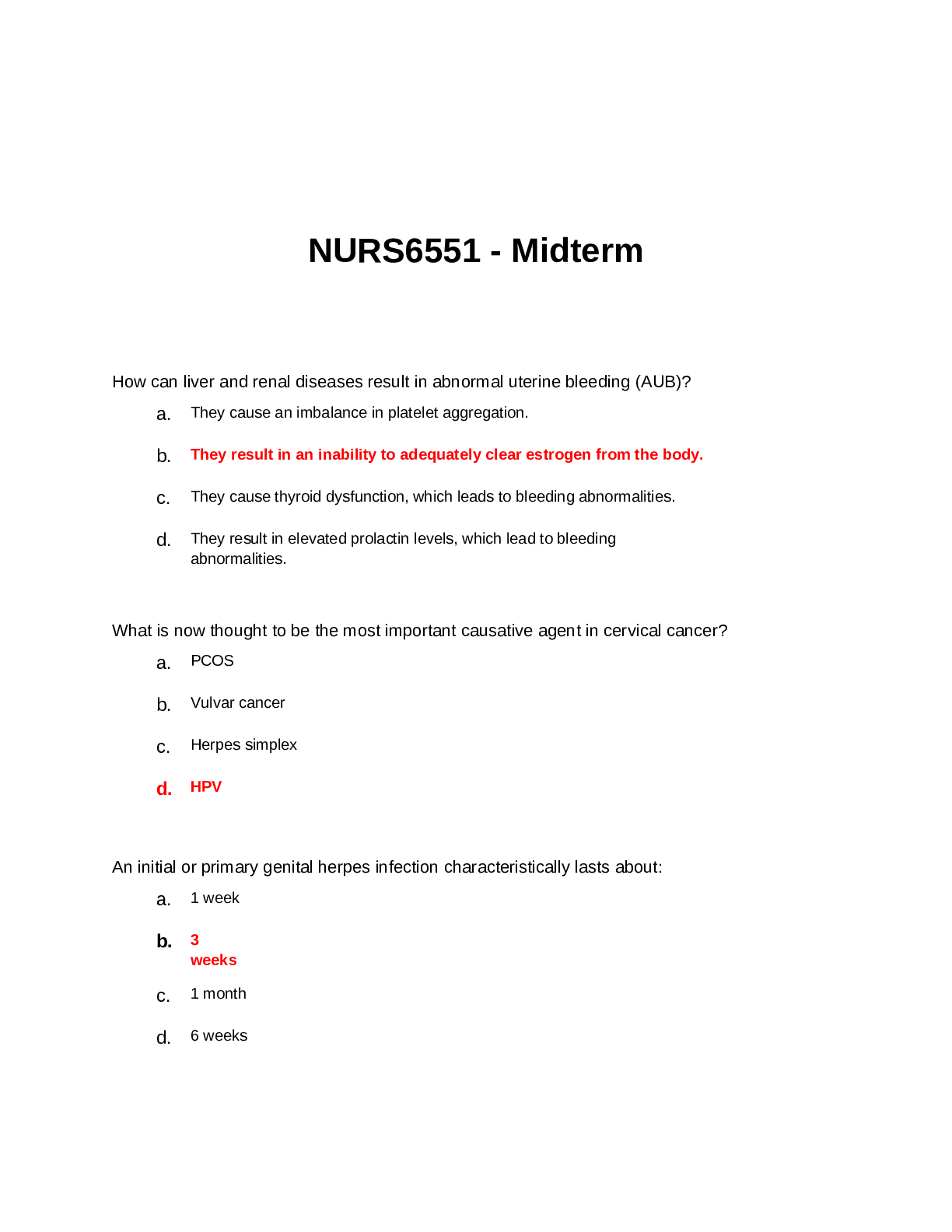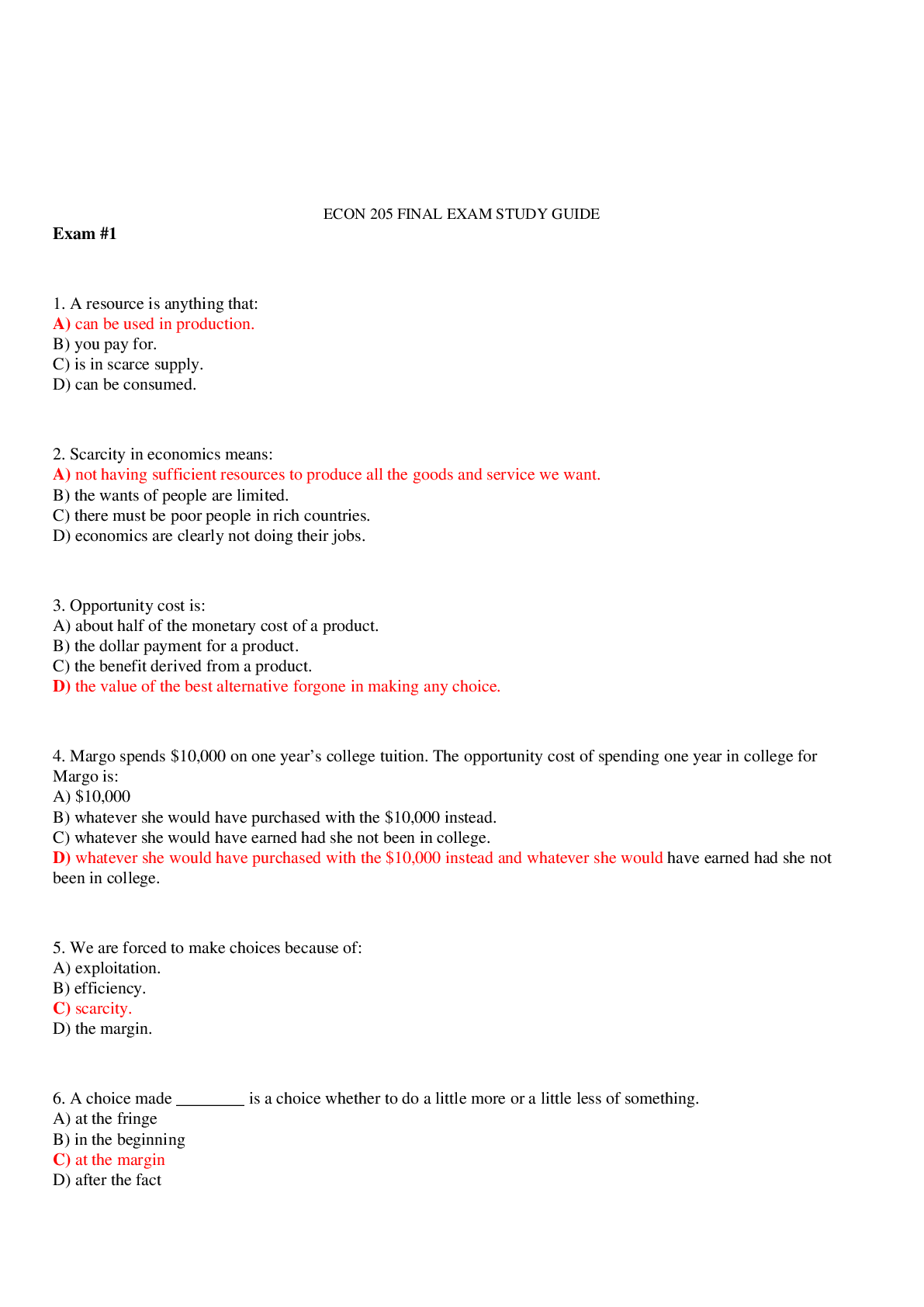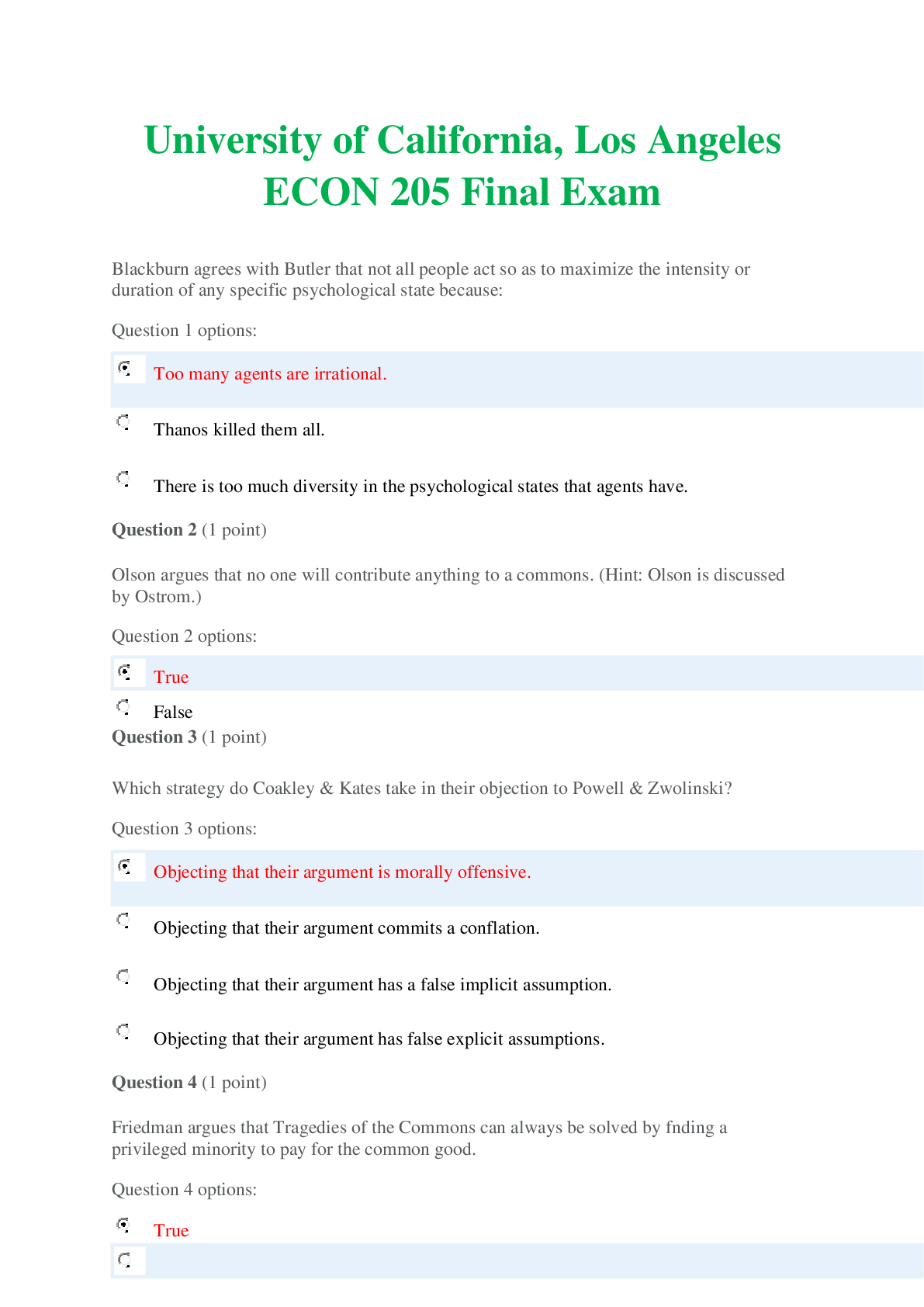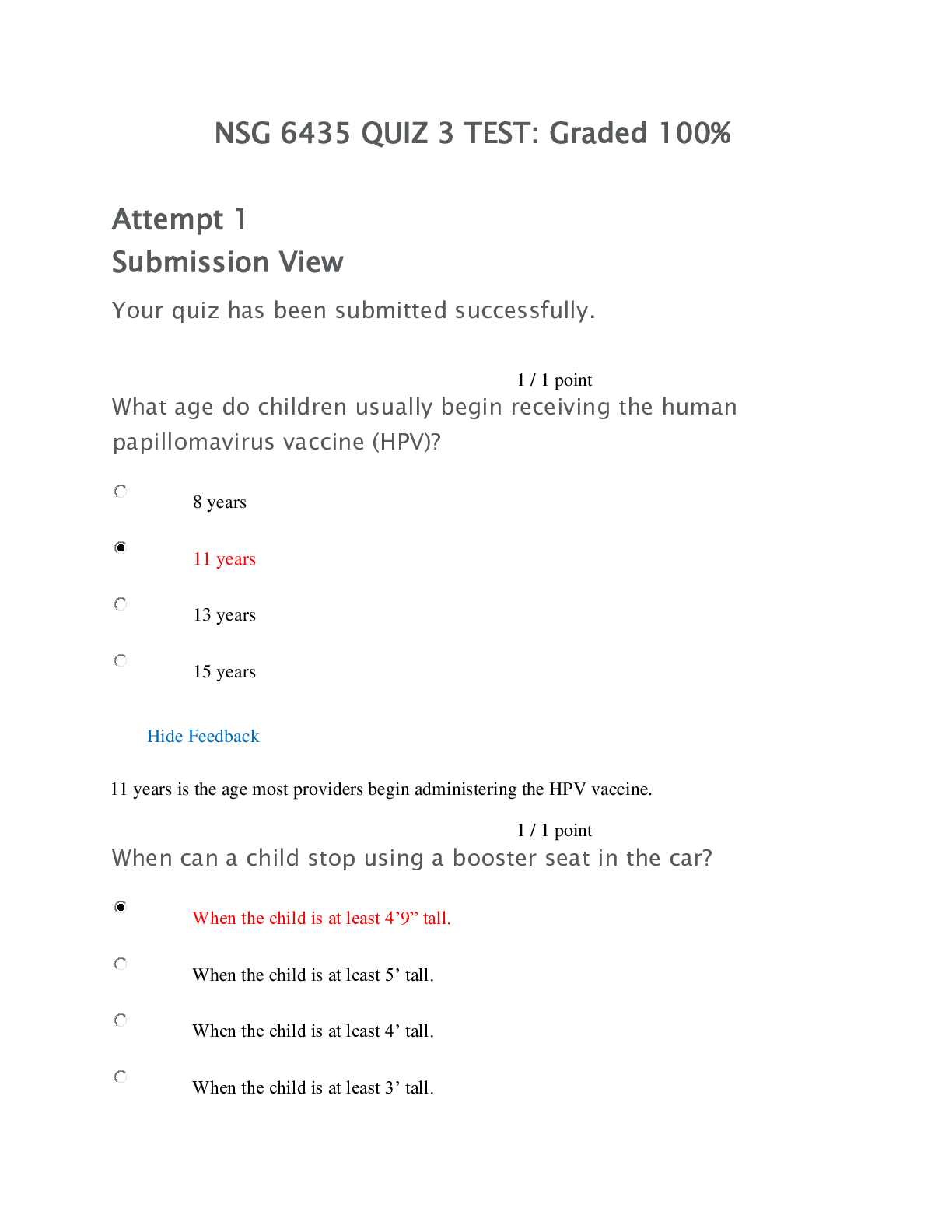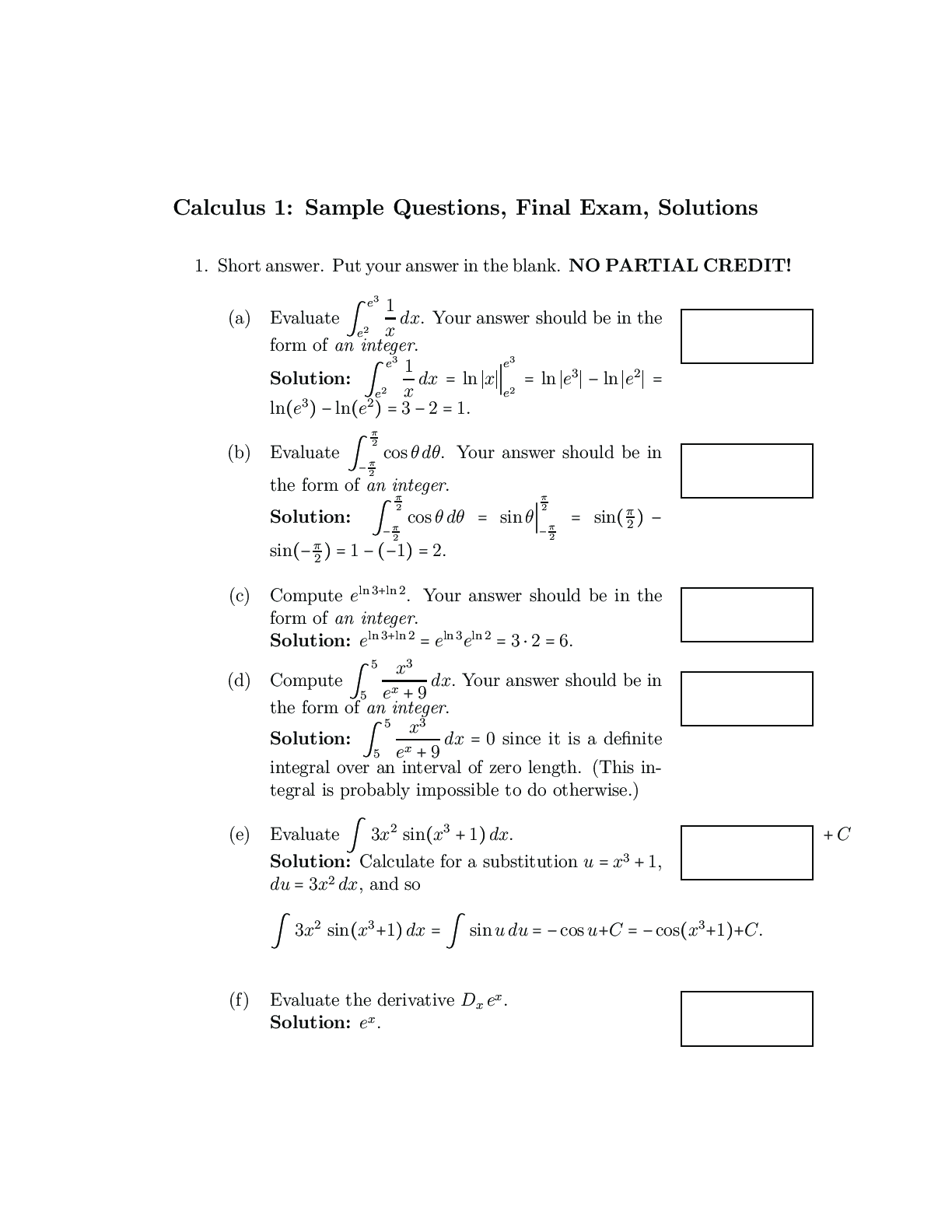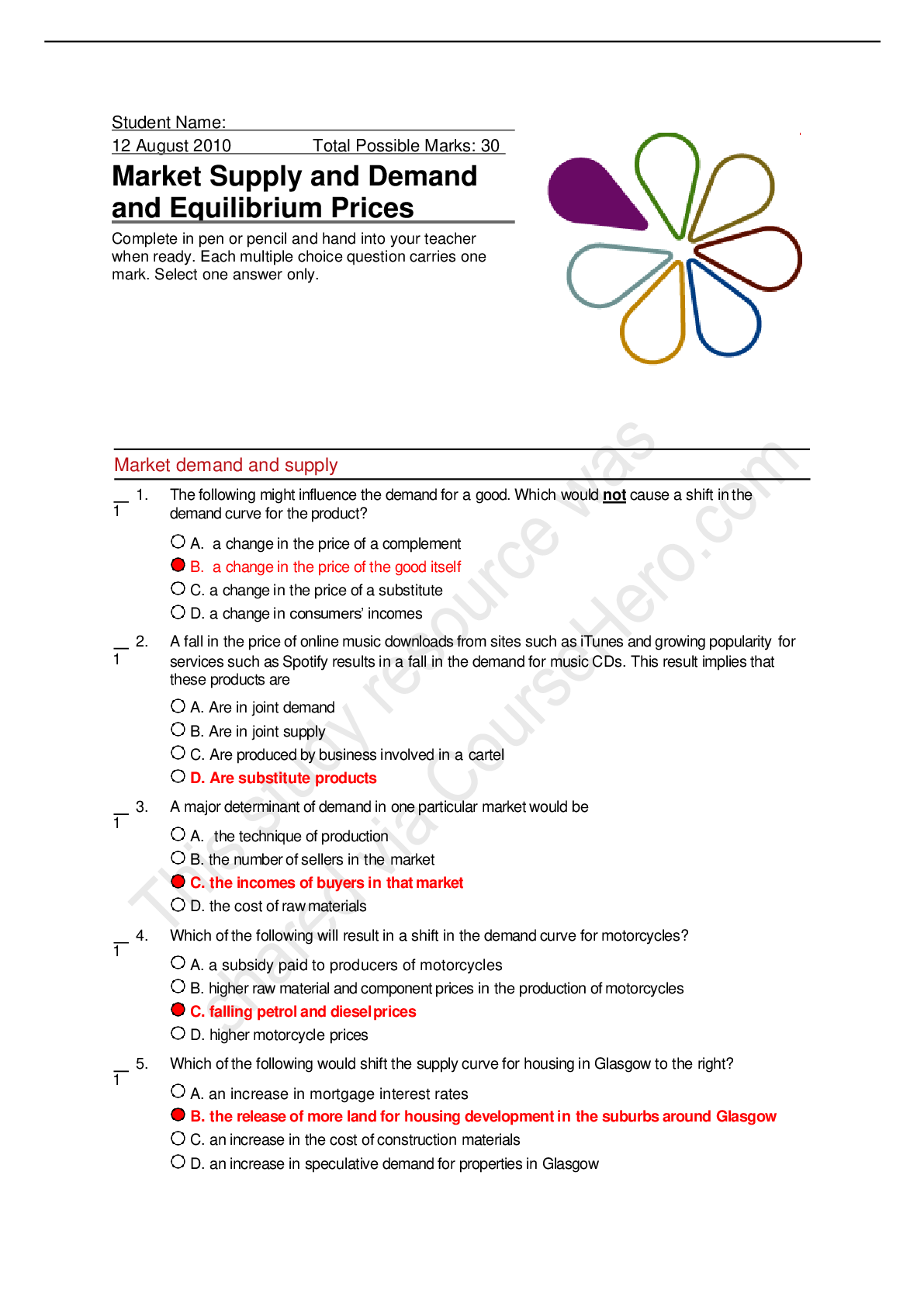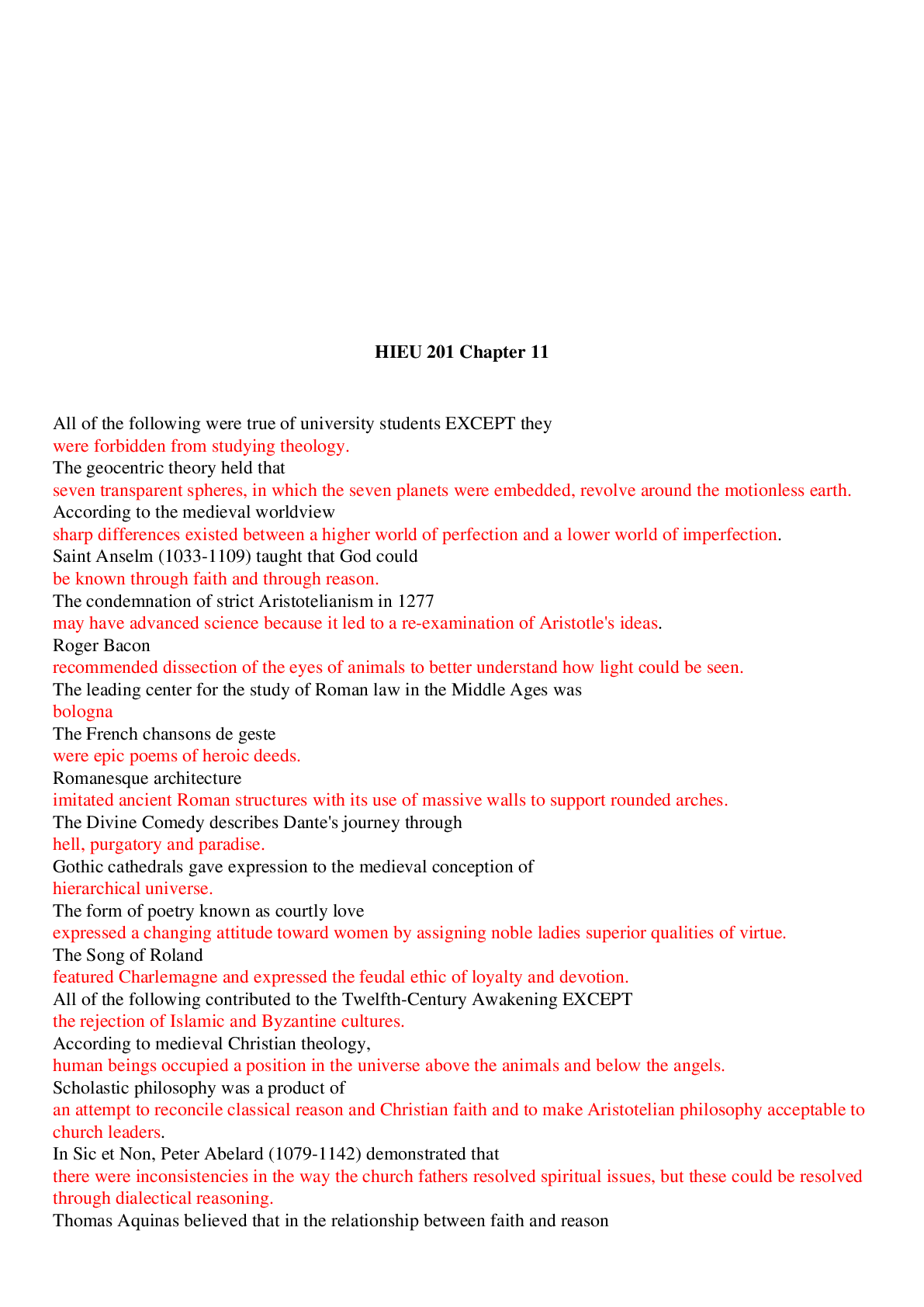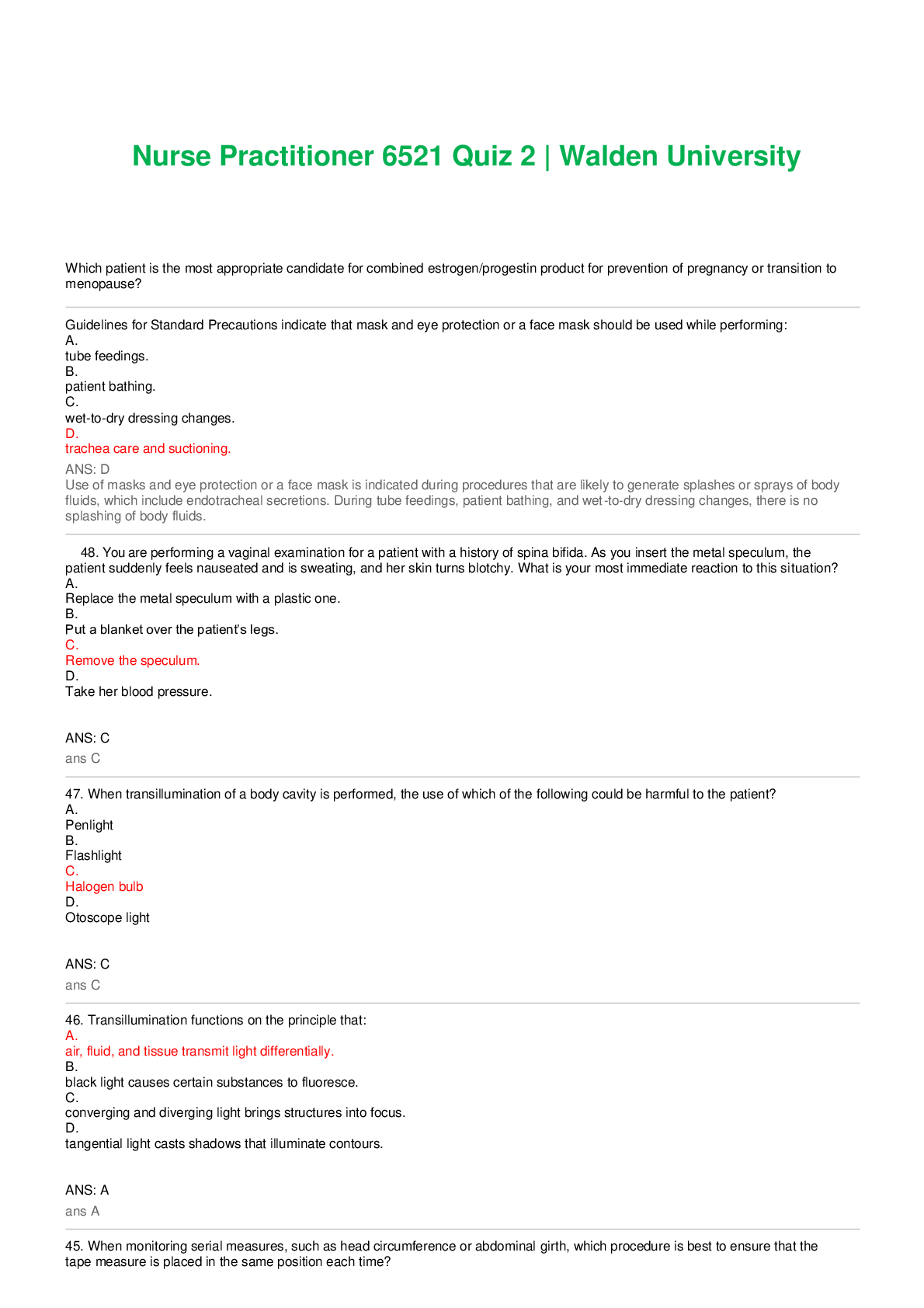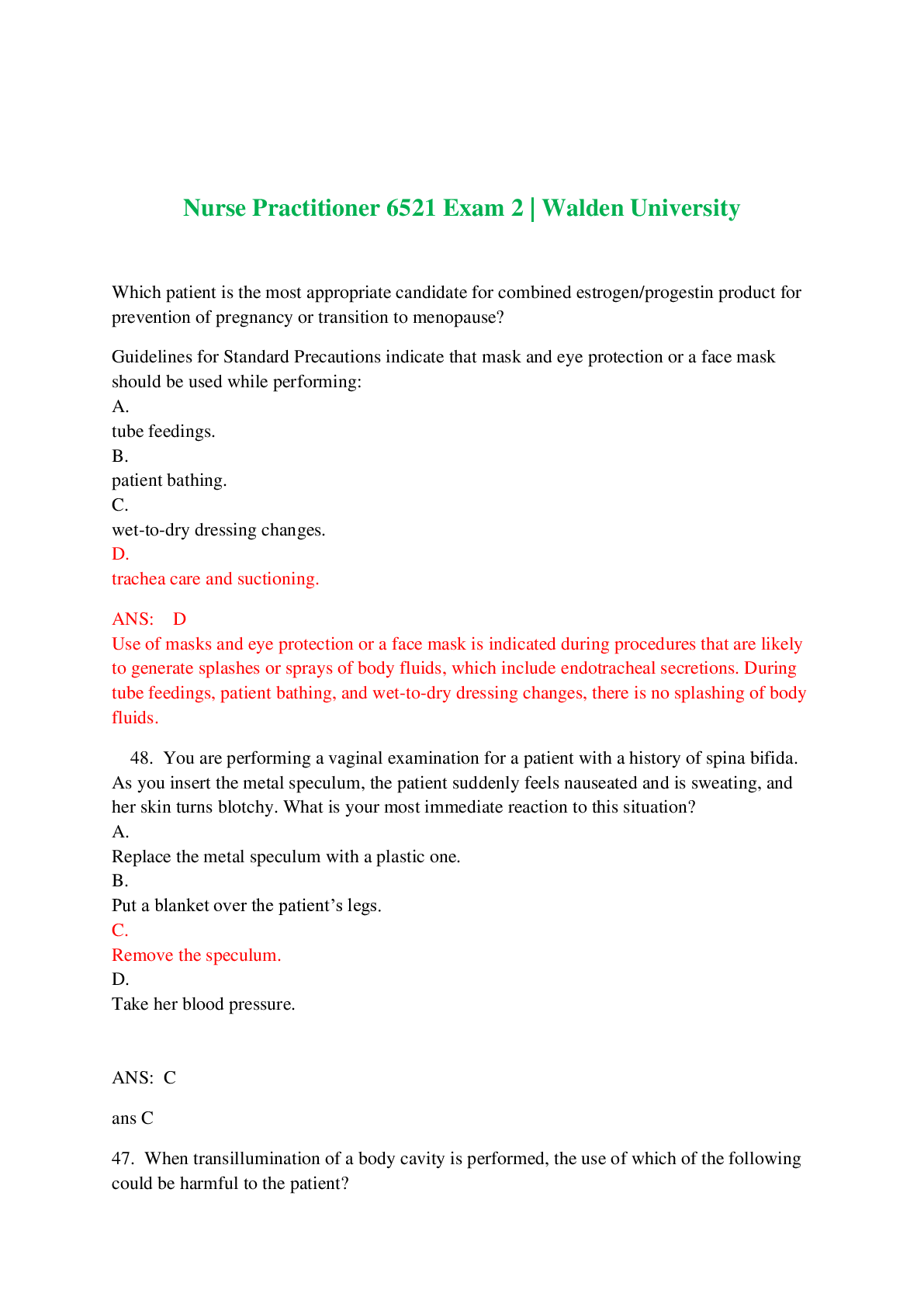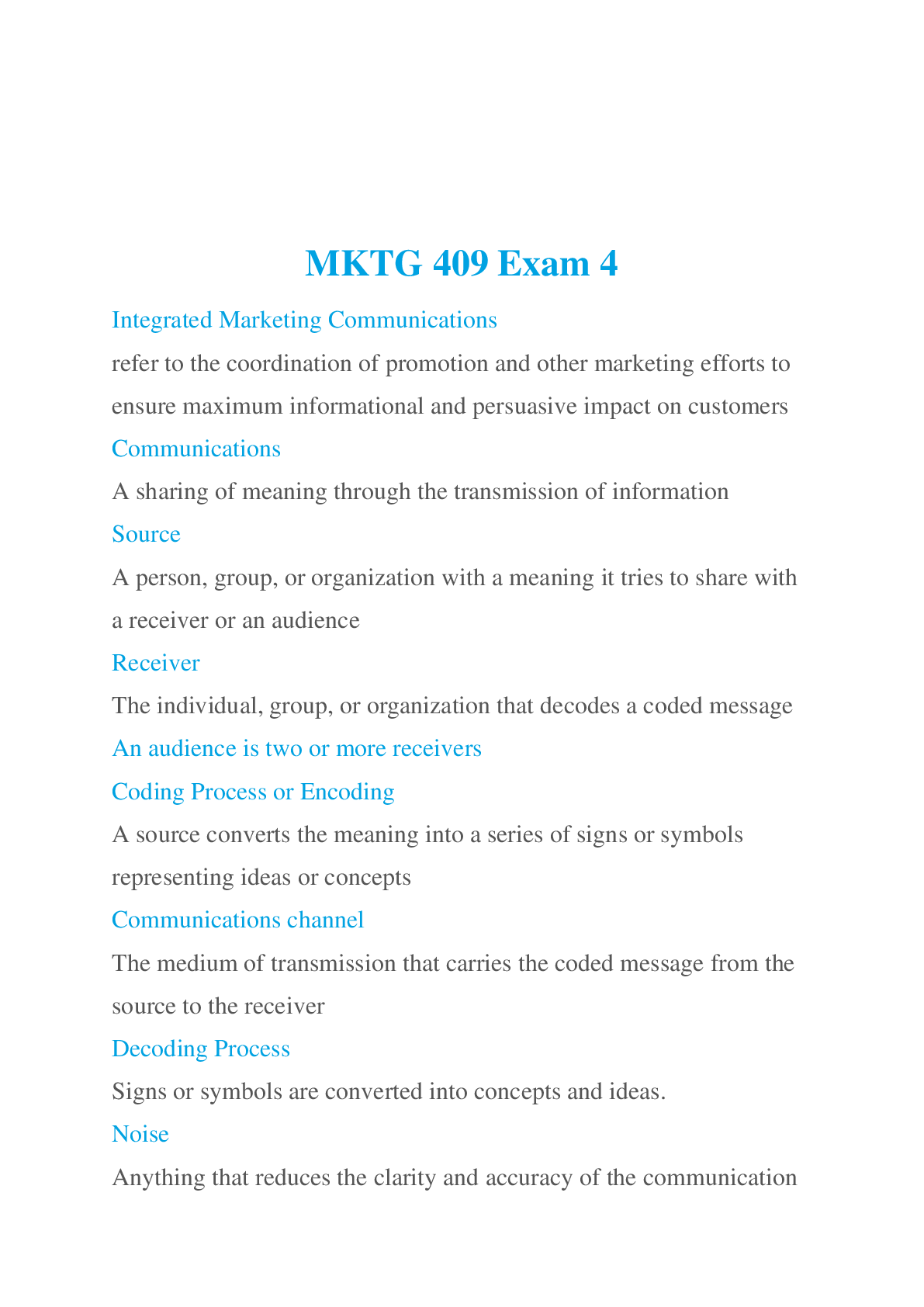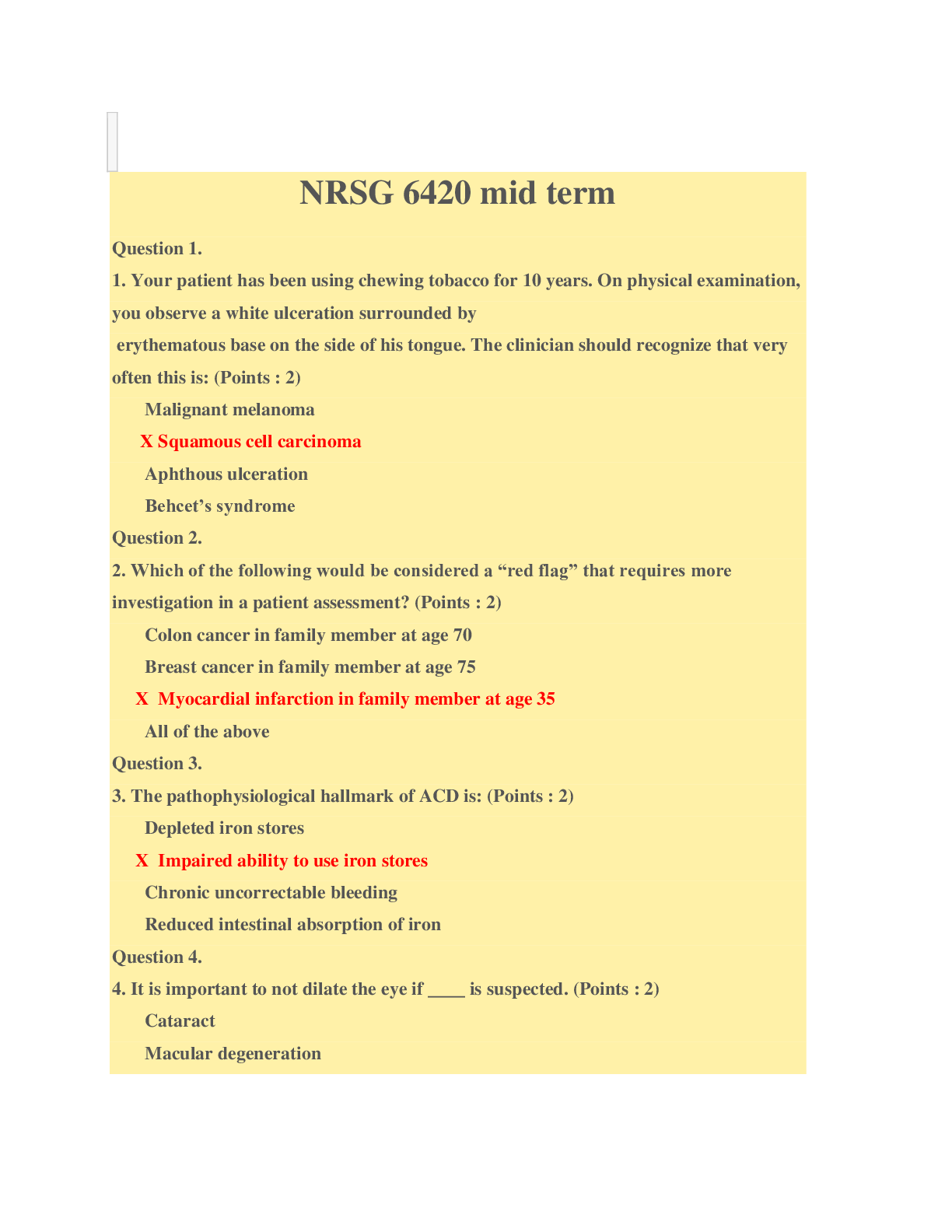Health Care > EXAM > TMC EXAM 2 (All)
TMC EXAM 2
Document Content and Description Below
TMC EXAM 2 A patient with CHF has the following input/output history Yesterday Today IN 1900 mL 2100 mL OUT 1000 mL 1100 mL Which of the following clinical findings is most likely to be observed... ? A. bronchial wheezing B. friction rub C. decreased egophony D. moist crepitant rales - ANS-The correct answer is : D Explanation : This CHF patient is obviously retaining fluid because he is receiving more fluid in that he is putting out. The clinical finding most associated with fluid retention is moist crepitant rales. Fine rales are associated with atelectasis but moist rales is associated with fluid retention, especially congestive heart failure (CHF). An infant born 24 hours prior is experiencing frequent periods of apnea lasting more than 60 seconds. Which of the following medications would be helpful in stimulating the infant's respiratory drive? A. Aminophylline B. Fluticasone C. hormone D. Exosurf - ANS-The correct answer is : A Explanation : An infant who experiences apnea periods greater than 60 seconds may need respiratory stimulation. This may be accomplished by administering the medication Aminophylline. Aminophlylline is only intended for ventilatory stimulation in infants. The same medication is used for long-term bronchodilation in adults. [Show More]
Last updated: 2 years ago
Preview 1 out of 59 pages
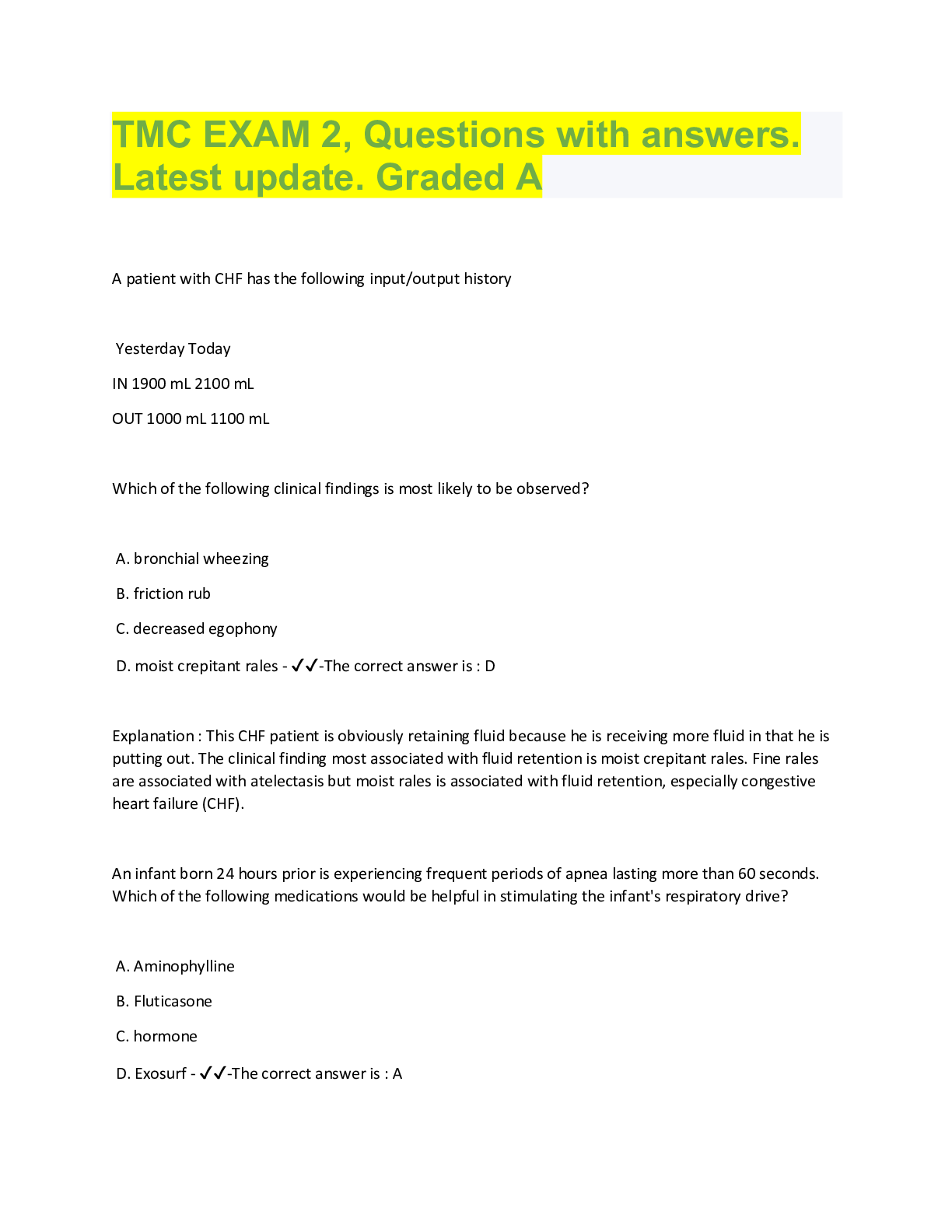
Buy this document to get the full access instantly
Instant Download Access after purchase
Buy NowInstant download
We Accept:

Reviews( 0 )
$9.00
Can't find what you want? Try our AI powered Search
Document information
Connected school, study & course
About the document
Uploaded On
Sep 15, 2022
Number of pages
59
Written in
Additional information
This document has been written for:
Uploaded
Sep 15, 2022
Downloads
0
Views
77

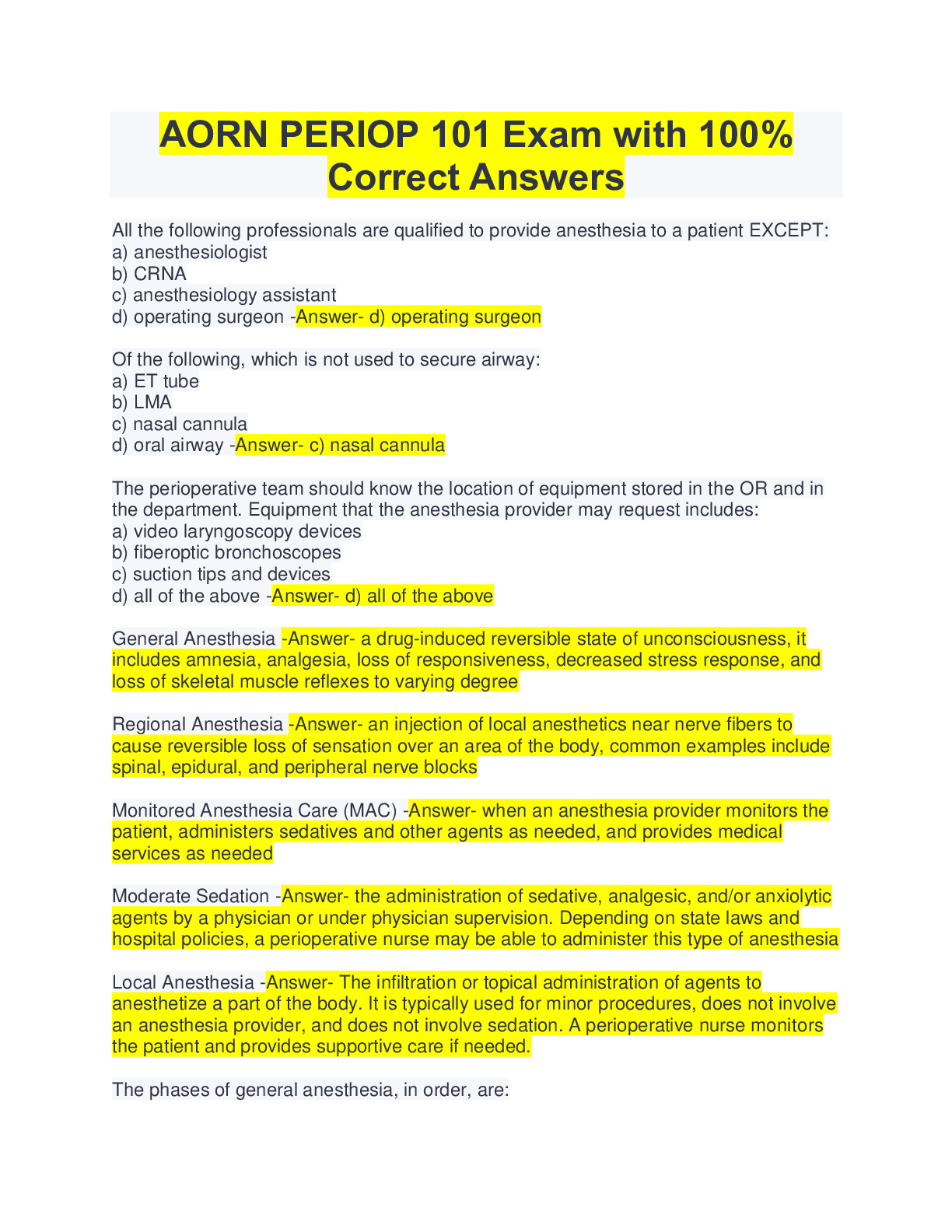







.png)
